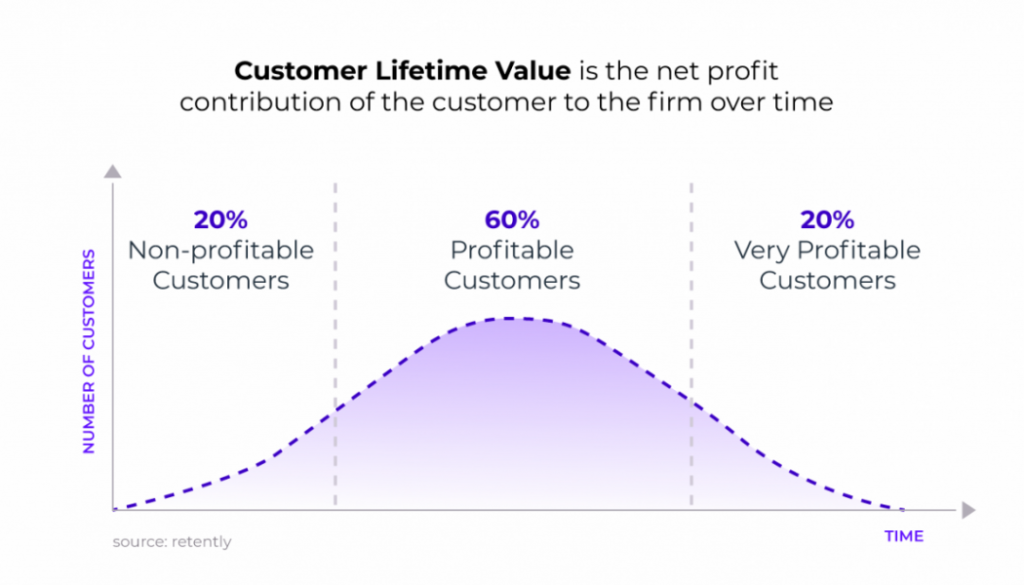Member Insights: Learn Your Customer Lifetime Value First, If You Want To Improve Loyalty
August 4, 2020
With closeness to fans at an all time high in terms of necessity, StriveCloud’s Jente Vanhaesebroeck takes a look at why learning your customers’ lifetime value is critical to the fan journey and improving their loyalty.
Have you ever wondered who your best customers are? You probably should. As a general rule of thumb, it’s up to 5 times more expensive to acquire a new customer than it is to retain an existing one. What if by determining the lifetime value of your customers, you can secure their loyalty? Using gamification throughout the buyer’s journey can help you boost retention and engagement without additional costs.
And let’s be honest; who doesn’t want to save money? Sit back and relax, because we’re going to get into some data and unveil a couple of juicy gamification secrets behind true fan loyalty.
Here are some topics we’ll go over:
- What is Customer Lifetime Value?
- Will measuring Customer Lifetime Value boost loyalty?
- How to calculate Customer Lifetime Value?
- The true pain of losing a fan
- Why is fan loyalty so important?
- How to use gamification to elevate fan loyalty?
- Why gamification creates superfans
⏳ What is Customer Lifetime Value?
Let’s start with the obvious question here: what is Customer Lifetime Value? Customer Lifetime Value (or CLV for short) is a metric that represents the total amount of money a customer is expected to spend in their lifetime as a customer. Thus projecting their loyalty and behavior over a lifetime.
“Retained customers also buy more often and spend more overall. To top it all off loyal customers are 4 times more likely to refer more customers to your brand.”
But who needs another metric to track? The reason it’s so valuable to measure Customer Lifetime Value is because of its direct link to revenue over time. Why is that important? Well, the old rule of thumb states it is 5 times more expensive to acquire a new customer than to keep an existing one. Therefore every increase in retention has a major influence on revenue streams.
And if you think about it that makes sense. Because when you take Customer Lifetime Value and retention into account you are adding future value. In fact, a 5% increase in customer retention can increase profit by 25 to 95%. Retained customers also buy more often and spend more overall. To top it all off loyal customers are 4 times more likely to refer more customers to your brand.

One principle that encompasses this well is the Pareto principle. This economic principle, better known as the 80/20 rule, states that 80% of the profits come from 20% of your customers. These are your best customers as they usually have a lower service cost and higher spendings.


